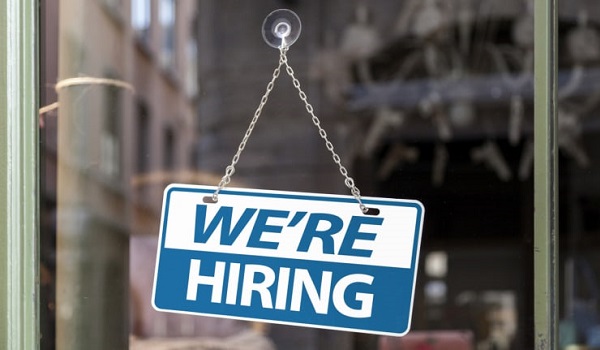American job openings rose in December, evidence of a resilient labor market
America’s employers posted 9 million job openings in December, an increase from November and another sign that the U.S. job market remains resilient despite the headwind of higher interest rates.
The number of openings was up from November’s 8.9 million, which itself was revised up in Tuesday’s report from the government. Job openings have gradually but steadily declined since peaking at a record 12 million in March 2022. But they remain at historically high levels: Before 2021, monthly openings had never topped 8 million.
Still, in a cautionary sign, layoffs rose in December. And the number of Americans quitting their jobs — a sign of relative confidence in their ability to find a better position — dipped to the lowest level since January 2021.
The U.S. economy and job market have remained surprisingly durable despite sharply higher interest rates, which have led to higher borrowing rates for consumers and businesses. The Federal Reserve’s policymakers raised their benchmark interest rate 11 times between March 2022 and July 2023, bringing it to a 23-year high of around 5.4%.
The Fed wants to see the job market cool from the red-hot levels of 2021 and 2022, thereby reducing pressure on businesses to raise pay to attract and keep staff — and to pass on those costs to customers through higher prices.
Higher rates have contributed to a slowdown in hiring, though the pace of job growth remains relatively healthy: U.S. employers added 2.7 million jobs last year, down from 4.8 million in 2022 and a record 7.3 million in 2021. When the government issues the January employment report on Friday, it is expected to show that employers added a solid 177,000 jobs, according to a survey of forecasters by the data firm FactSet.
The job market is cooling in a mostly painless way — through fewer openings. Despite a wave of high-profile layoffs, the number of job cuts across the economy remains relatively low.
The unemployment rate has come in below 4% for 23 straight months, the longest such streak since the 1960s. And the number of people applying for unemployment benefits — a proxy for layoffs — has remained unusually low.
At the same time, while inflation has sharply slowed after peaking in mid-2022, it remains above the central bank’s 2% target.
The Fed has signaled that it expects to reverse course and cut rates three times this year, though it’s set to leave rates unchanged after its latest policy meeting ends Wednesday. Financial markets have been anticipating the first rate cut as early as March, though continued strength in the job market might make the Fed’s policymakers wary of acting before mid-year.
“These data — which show demand for workers remains robust — do not support imminent rate cuts,’’ said Rubeela Farooqi, chief U.S. economist at High Frequency Economics. “They support a cautious approach going forward, so that policymakers can be sure that inflation” will reach their 2% target.
This article was reported by AP













